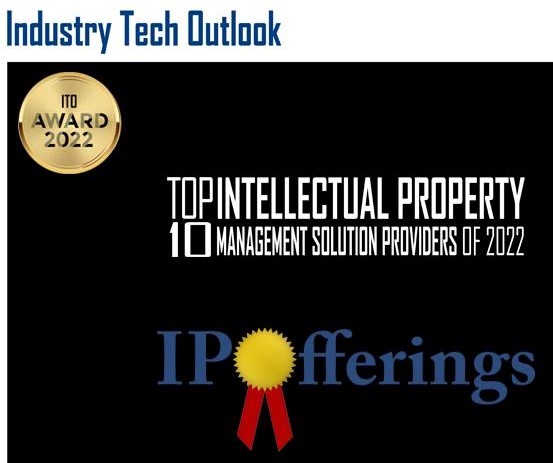Patent MarketPlace: Banking/Financial Services Patents for Sale
 Hand Gesture-Controlled Payment Terminal (Spice): U.S. Patent Nos. 10,740,741 and 12,087,139
Hand Gesture-Controlled Payment Terminal (Spice): U.S. Patent Nos. 10,740,741 and 12,087,139
In a post-Covid world, we are all more concerned than ever about not passing along or picking up germs. The current generation of point-of-sale card readers are one solution to conducting a sanitary transaction. The problem with these systems, however, and is that while it will scan your debit card you still have to touch the device to enter your pin, and if you want to add a tip to a restaurant tab, it will scan your credit card but you still have to touch the device. Not sanitary. Not good.
This patent family takes “contactless” to the next level by creating a payment terminal that is truly, totally, absolutely, no-kidding-around contactless! The device created by this patent family is a payment terminal with a virtual dial that the customer uses to – as just one example – add a tip to a restaurant check, but the wheel is driven by hand gestures so the payor does not have to touch anything. The payee uses intuitive hand gestures to rotate the dial clockwise to increase the amount or it counter-clockwise to decrease it, and gives a thumbs-up to confirm a transaction or a thumbs-down to cancel. This not only improves hygiene, but it creates a captivating experience for the payor. The entire system is solid-state so there are no mechanical parts to wear out, it can be built waterproof so it can be used in any location including the great outdoors, and it will integrate with any payment or point-of-sale technology. In addition to tipping, it can be used for making contactless contributions or for fund-raising.
U.S. Patent Nos. 10,740,741 and 12,087,139 (plus Great Britain Patent 2537393) for a “Contactless payment terminal” will enable any POS or payment terminal manufacturer to leapfrog the technology of all of its competitors.
 3D One-Time Password without Password Input (Kim): U.S. Patent No. 12,244,702
3D One-Time Password without Password Input (Kim): U.S. Patent No. 12,244,702
A one-time password (OTP) is often used in electronic financial transactions as a method of authenticating a user with a password that is randomly generated, rather than a fixed password selected by the user. The OTP was introduced to enhance security. It is required to be inputted at the time of log-in or payment as a means to authorize the user. However, since it is literally a “one-time password” there is no need to memorize or store the password, and this is a convenience for the user. While it is convenient, it is susceptible to hacking.
Under this patent, a user address is received from a user terminal and it is converted into coordinate values in degrees, minutes, and seconds of latitude and longitude based on the location of the user. In a matter of seconds, a two-dimensional reference coordinate system is displayed that is subdivided with the address coordinates as an origin, a two-dimensional function is provided and rotated about an arbitrary axis to form a three-dimensional space by a three-dimensional function, one OTP generation coordinate within the three-dimensional space is provided, and a one-time password is generated by combining respective coordinate values of the x, y, and z axes. The result is a unique one-time password based on various variables so it is virtually impossible to hack!
U.S. Patent No. 12,244,702 for a “Method for generating and authenticating three-dimensional dynamic OTP without password input” would enable any financial institution to implement an OTP system that is super convenient for its clientele, practical, affordable, easy-to-implement, and hack-proof!
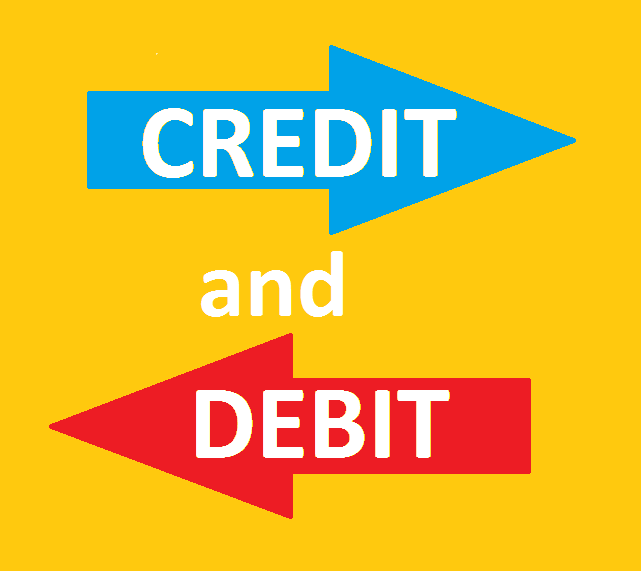 Credit, Debt, and Life Instruction (Lowe): U.S. Patent Application 20240165494
Credit, Debt, and Life Instruction (Lowe): U.S. Patent Application 20240165494
Those of es with high credit scores covet them and do everything we can to maintain them. Those with moderate credit scores work to improve them. And those of us with poor credit scores face the challenge of buying a car and being denied jobs. There is an entire industry that helps Americans improve their credit scores, and there are even debit cards that are specially designed to help their clientele build a positive credit history.
This patent application creates a digital board game that teaches players how to build credit, manage debt, and make smart financial choices through a fun, interactive experience. Players accumulate credit points by buying assets, solving real-life money challenges, and navigating “life cards” that mirror the financial decisions people face every day. It is called “Credit Mania” and it bridges smart financial principles with real-world financial systems. It empowers young people and families to become financially literate and credit-ready in a way that’s fun, culturally relevant, and deeply impactful. There are multiple applications for this patented technology from a service provided by a financial institution, a teaching tool for both schools and home-schooling, an ad-supported website, or a stand-along app that could be sold or provided as a premium.
U.S. Patent Application 20240165494 for “Credit Mania” would enable its acquirer to commercialize the technology covered by the application through multiple channels.
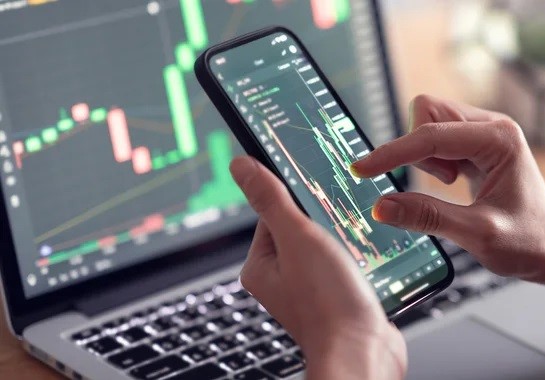 ATM for Buying and Selling Stock and Bonds (Benson): U.S. Patent No. 11,494,840 plus Continuation
ATM for Buying and Selling Stock and Bonds (Benson): U.S. Patent No. 11,494,840 plus Continuation
ATMs have been around for over 50 years. Since their inception, however, their capabilities have expanded dramatically. From simply dispensing cash, ATMs now offer bill paying and funds transfer, even opening a new account. Some ATMs offer the option of purchasing tickets to sporting events. ATMs are becoming multi-product self-serve kiosks. People have become acclimated to using kiosks at airports, fast food establishments, banks, retail outlets, and malls – even doctor’s offices.
The investment industry realizes the importance of selling directly to the consumer and has been working to democratize finance through apps. However, there is not currently an easy way to invest using cash, and there is no way to buy or sell stocks or bonds using a kiosk. This patent takes the ATM concept to the next level by creating an ATM-like terminal that enables users to trade in stocks, bonds, commodities, fractional shares, and any other asset listed on the U.S. exchanges. It offers a new, yet familiar, way to invest. Imagine just walking up to a kiosk and buying or selling stocks, bonds, and other financial instruments. The unit would be linked to a brokerage house that would execute the transaction just as if the buy or sell order had been placed over the phone or on-line. Stock-trading kiosks could be installed anywhere – malls, office buildings, airports – so users can quickly, easily, and safely make trades. The unit also issues and redeems gift cards for stocks or bonds, and it could be a combination ATM and stock-trading kiosk so banks can provide a wider range of services to their customers. And there is the added benefit that a trade over a hard-wired kiosk would be many times safer and less likely to be hacked than an on-line transaction, and it would enable trades to be paid for with cash.
It’s been said that becoming an investor is the new American dream. Yet, millions of Americans are still left out. This patent could reach Americans who want to invest, but don’t know where to start, by making investing more accessible. It could bring the stock market to the people where they gather through an innovative, yet familiar, way to invest through ATMs and gift cards. U.S. Patent No. 11,494,840 and U.S. Patent Application No. 17,957,844 for a “System and method for buying and selling stocks, fractional shares, commodities, and other products listed on any stock exchange” would enable any ATM manufacturer to create an entirely new product line for an entirely new class of users, or for financial institutions to expand their services to a whole new group of customers.
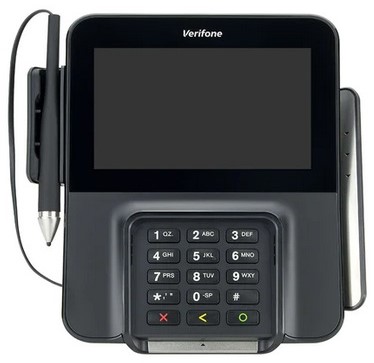 Self-Sanitizing Card Reader (Chimile): U.S. Patent No. 12,151,043
Self-Sanitizing Card Reader (Chimile): U.S. Patent No. 12,151,043
Since the recent pandemic, we are all more concerned about preventing the transmission of germs than ever before. As a result, we are all careful about what we touch. Grocery stores – as just one example – provide sanitary wipes so shoppers can wipe clean the handles on grocery carts before they use them. But one of the items that virtually every one of us touches several times a day is the credit card reader keypad – when we use an ATM or make a debit card purchase, we have to enter our PIN. How many other people used that keypad before you did?
This patent addresses this issue. It creates a reservoir that contains an anti-bacterial solution and is attached to the keypad. A pair of nozzles sprays a mist of the anti-bacterial solution over the keypad. It sprays a gentle mist that kills any bacteria on the keypad, but does not interfere with the operation of the keypad. Most anti-bacterial solutions are alcohol-based, so they evaporate in seconds. The retailer can program the device to disinfect the keypad at user-defined intervals. Retailers that offer this disinfection of their credit card keypads will want to promote it to their customers to make them feel better about doing business with that store! The technology can also be used to disinfect keypads at fast food outlets, ATMs, gas pumps, door locks, security points, and dozens of other locations.
U.S. Patent No. 12,151,043 for a “Keypad sterilization assembly” will enable any manufacturer of point-of-sale equipment or keypads to offer an infinitely more customer-friendly, customer-safe product for the clientele of its customers.
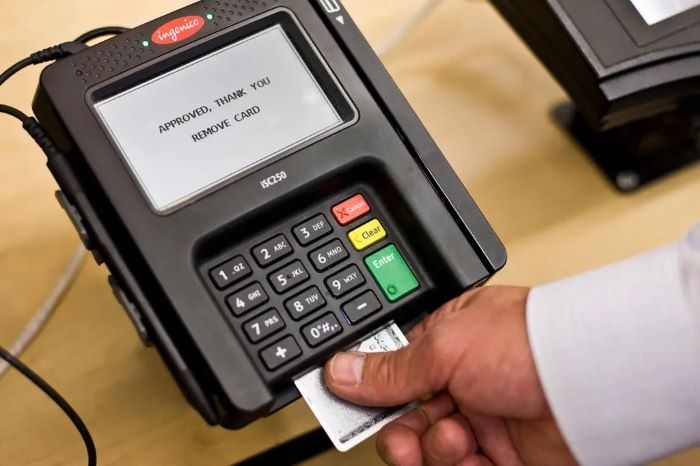 Consumer Discount Credit Card (Rgx2Solutions): U.S. Patent No. 10,922,687
Consumer Discount Credit Card (Rgx2Solutions): U.S. Patent No. 10,922,687
Most credit cards have a cash-back feature. The user receives points for purchases in certain categories, and those points accumulate until the card holder redeems them for merchandise or – for some cards – actual cash. The problem with this system is that the card holder receives no immediate gratification for using a specific card. He or she has to wait until the statements comes to see what has accumulated in terms of “cash back” points, and then the card holder has to translate those points into something of value. It is so complicated that millions of dollars in cash back points never get redeemed. How about a discount card that offers an immediate discount and, therefore, immediate gratification – and no paperwork – for the card holder?
This patent creates just such a card. It creates a credit card that – instead of collecting points for the card holder – immediately discounts the sale at the cash register. Rather than paying full price and having the card issuer take 1.5% or 2.0% or some other percent of the transaction, convert it into points, and hold those points for the card holder to redeem at some point in the future, this card discounts the sale by a given percent when the purchase is made, providing the card holder with an immediate discount and no points to redeem. Also, individual merchants can set up additional discounts for senior citizens or other classes of customer, or for loyal customers who buy from the merchant on a regular basis, or for seasonal specials, or for other types of purchases.
U.S. Patent No. 10,922,687 for a “Consumer discount payment card system and method” would enable any bank, credit card issuer, or merchant services provider to offer its customers a totally new concept in “cash back.”

 Electronic Telephone Wallet (Poltorak Technologies): U.S. Patent No. 7,996,268
Electronic Telephone Wallet (Poltorak Technologies): U.S. Patent No. 7,996,268
We’ve all been there. We are making a purchase online or via telephone. We provide our debit card or credit card number. Then the seller needs the security code from the card. OK. And the expiration date. OK. And the billing address for the card. Wait a minute! We thought ordering online or via telephone was supposed to be easy. Seems like we are providing a lot of information to people we do not know!
This patent replaces supplying all of that sensitive data with an electronic wallet that is incorporated into a cell phone or other smart device. This electronic wallet stores data on the owner’s credit and debit cards – the account numbers, security codes, expiration dates, and billing addresses. When the Electronic Telephone Wallet owner goes to make a purchase, the wallet communicates directly with the seller – either over the telephone or over the Internet – and it quickly, easily, safely, accurately, and securely provides the data needed to complete the transaction. The Electronic Telephone Wallet communicates with the seller via a telecommunication network, the Internet, RF signal, satellite communication, optical communication, public switchboard, telephone network, digital communication network, personal communications services (PCS), wireless communications, and/or any other communication network or system combination.
U.S. Patent No. 7,996,268 for an “Apparatus and method for an electronic telephone wallet” will enable any merchant services supplier or cell phone operator to provide the next level of convenience and security to its customers.
Smart Debit Card with Automatic Savings (Brennan): U.S. Patent No. 8,875,998
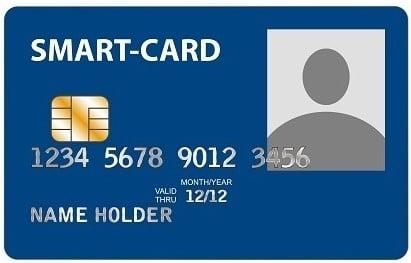
The only thing harder than losing weight is putting money aside in a savings account! That’s why 99% of the money put aside for retirement is in employer-managed retirement programs in which the funds are taken directly from the employee’s pay. We all agree we need to save on a regular basis, but we also need to lose weight, get more exercise and eat healthier. Thus the source of the adage “Easier said than done.”
This patent addresses this issue by creating a smart debit card that puts money aside in savings automatically. The card owner sets up how he or she wants the savings transaction to be triggered. It can be a per-transaction (every time the user makes a purchase, for example, a specific amount or percentage is transferred from the user’s checking account to a savings account) or a regularly scheduled (every other Friday, for example, a fixed dollar amount is transferred from checking to savings) program. And, of course, the debit card owner can start, stop, alter or re-start the program at any time. The card includes a chip that stores the balance in savings and enables the user to access those funds when needed (in an emergency, for example).
U.S. Patent No. 8,875,998 for a “Middle class American card” creates the opportunity for a bank or credit card issuer to create a value-added debit card that is not available elsewhere.
Patent Brokerage Prospectus: Contact [email protected] to receive an analysis of each portfolio that includes:
- Executive Summary
- Patent Overview and History
- Technology and Investment Summary
- Market Research
- Company Analysis
- Illustrative Evidence of Use (if applicable)
We offer patents in these technologies:
- Agricultural
- Artificial Intelligence
- Automotive/Vehicular
- Aviation
- Banking/Financial Services
- Beverages/Foods/Nutritional Products
- Boat and Marine
- Cannabis and Medical Marijuana
- Construction/Building Trades
- Consumer Electronics
- Consumer Products
- Digital Currency/Cryptocurrency
- Drones/UAVs
- E-Cigarette & Vaping Technology
- E-Commerce
- Education & Training
- Energy/Power Generation
- Health and Beauty Products (HBP)
- IoT Patents/Internet of Things
- Manufacturing
- Medical Electronics and Devices
- Mining/Drilling
- Mobile/Wireless
- Network/Location-Based Services
- Optics/Displays/Video/LED
- OTT Patents/Over-the-Top
- Packaging
- PCs and Notebooks
- Pharmaceuticals
- Robotics/Automation
- Semiconductor
- Shoe & Apparel
- Smart Home/Smart Office
- Social Media
- Software, Apps, and Architecture
- Sports/Sporting Goods
- Telecommunications/IP Telephony
- Warehousing/Material Handling
- Other
- Go to Patent Index
- Return to Patent MarketPlace

